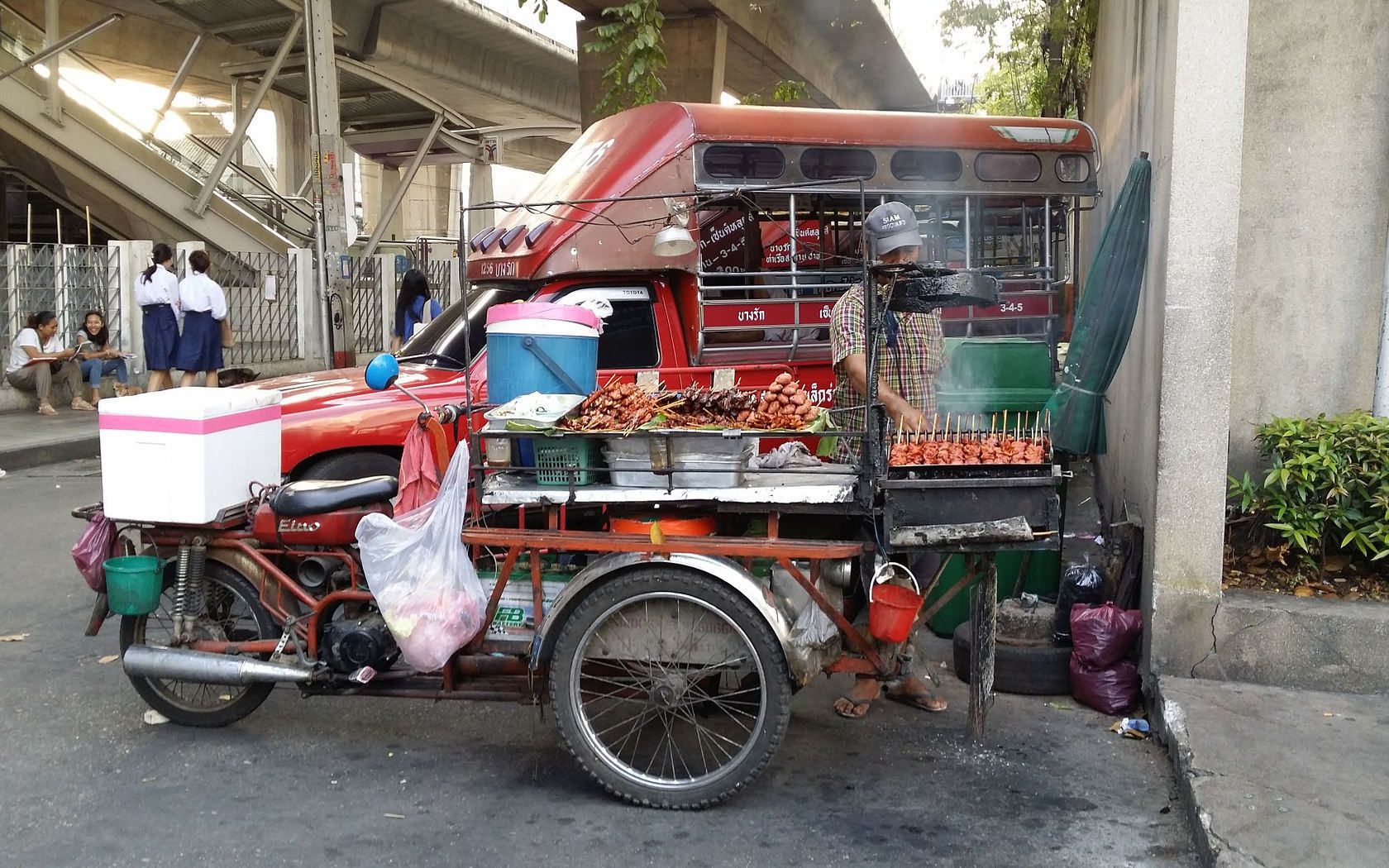Different traveler, same story. A lot of people from all over the world come to South America to take advantage of the great landscape, the incredible culture and also the cheap food. But be careful, Ecuadorian standards, regarding hygiene or chemical content is different to other countries in the world.
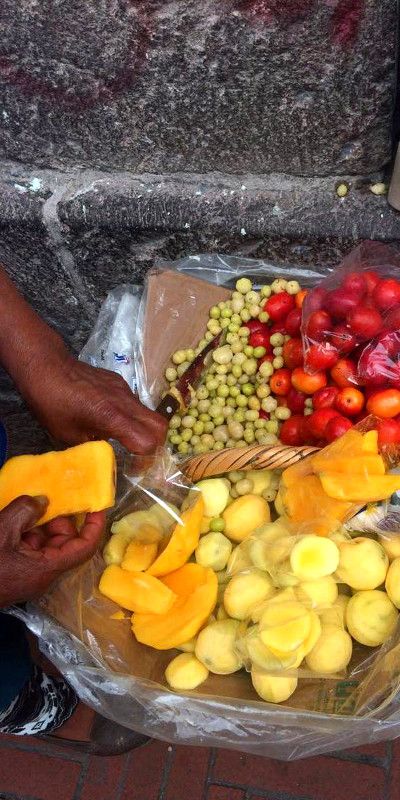
Sensitive spoiled stomachs
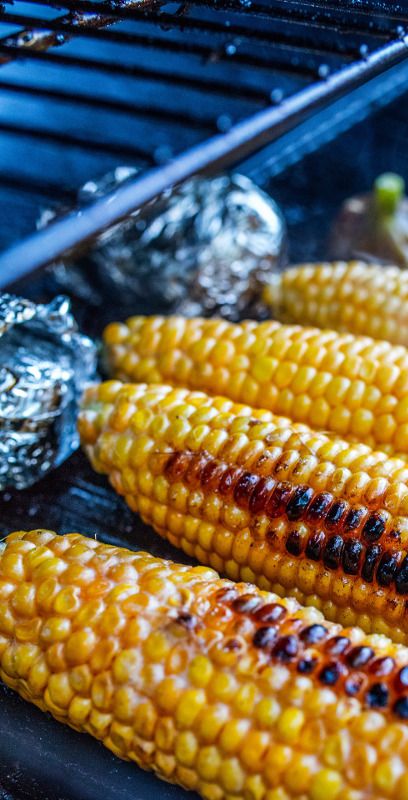
Especially travelers visiting from the United States or Europe are not used to a lot of stuff, Ecuadorians sell as food. For sure, there are a lot of great local specialties like for example the Guaguas de pan con Colada Morada which are served as a traditional dish for the day of the death. However watch out for the loads of corn, rice, plantain and potatoes Ecuadorians are offering for Almuerzo, which means Lunch. Apparently a lot of travelers’ stomachs are having a hard time processing all those carbs. Especially when there is some kind of meat included in the Almuerzo, that you can’t really assign to any animal. Healthy vegetables or high quality meat is hard to find at the Almuerzo-places which might have something to do with the price (3 Dollars for one Almuerzo).
Expectations versus reality
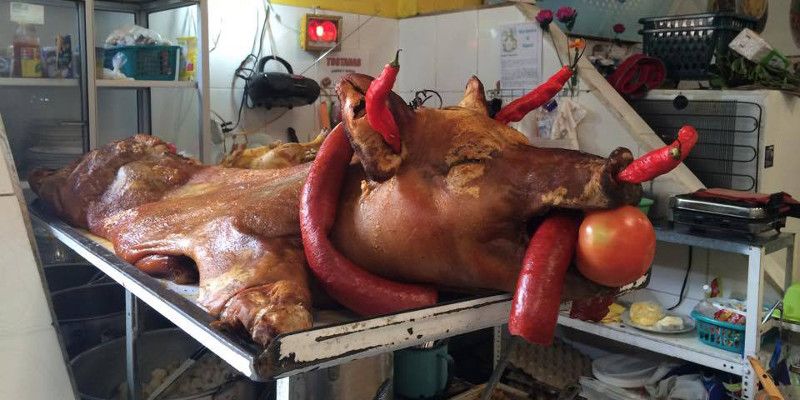
Also a lot of people expect to eat a nice sandwich with nutritious whole grain bread on their travels because it’s easy to transport and keeps you full for a while. Unfortunately it’s not that easy to find some nutritious bread in Ecuador because it seems like people in Ecuador just love white bread with tons of sugar in it. Eating too much of it can also cause digestive problems. That is to say better don’t eat at the Almuerzo-places every day of the week and try to get for example eggs or fruits for breakfast, so you’re not eating white bread all the time.
Be careful with the water
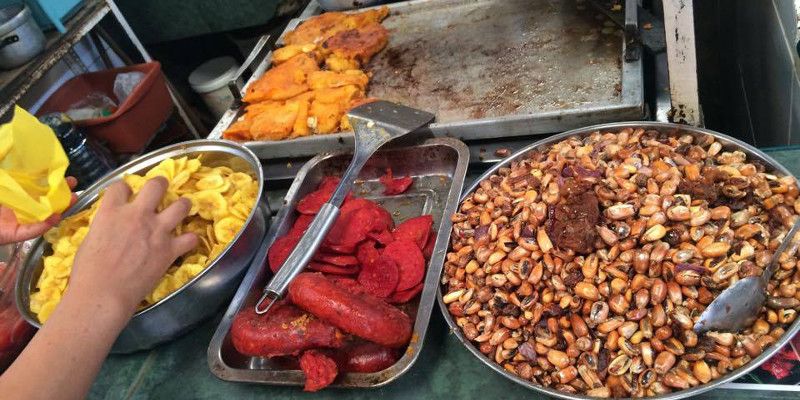
We are mostly able to drink water from the tap in Europe as well as in the United States. Also in Quito, Ecuador’s capital you won’t die after drinking water from the tap. That doesn’t mean that it’s healthy. There is a lot of chlorine and other chemicals in there to get rid of the bacteria. In general it’s recommendable to drink bottled water especially for our sensitive travelers. Also make sure when eating at a restaurant, that ice cubes or frozen drinks are made of bottled water. That refers especially to the countryside of Ecuador.
General (hygiene) advice
Just as a little reminder for those who are used to high hygiene standards: Don’t forget to wash your hands neatly! And that is not only valid for our hands. First of all you should not buy peeled fruits on the street because it might be dirty. But if you still want to buy fresh fruits, just wash it before eating. No matter if peeled or not, from the market or from the supermarket, all fruits and vegetables have to be washed. That helps to prevent diarrhea. In general: It’s okay to be bit suspicious concerning food in Ecuador.
- If it’s not urgently necessary, don’t buy food from the street. Even if it seems to be okay, you don’t know how many hands have touched it.
- Try to avoid suspiciously cheap meat and fish, especially when it’s fried because you might not even know what kind of animal is lying on your plate.
- Pay attention to how the cutlery and the dishes in a restaurant look like and if they clean it properly.
- Make sure, you’re not allergic to any of the foreign dishes.
- If you’re missing any food from home, Ecuador also offers a lot of international dishes.
- Don’t forget to enjoy your travels and don’t be too scared of food in Ecuador, so far death caused by a food poisoning is really rare ;)
If you want to experience some great typical Ecuadorian dishes read our Food guide to learn more!
Originally published on Ailola by Laura Straub on January 6, 2017.
